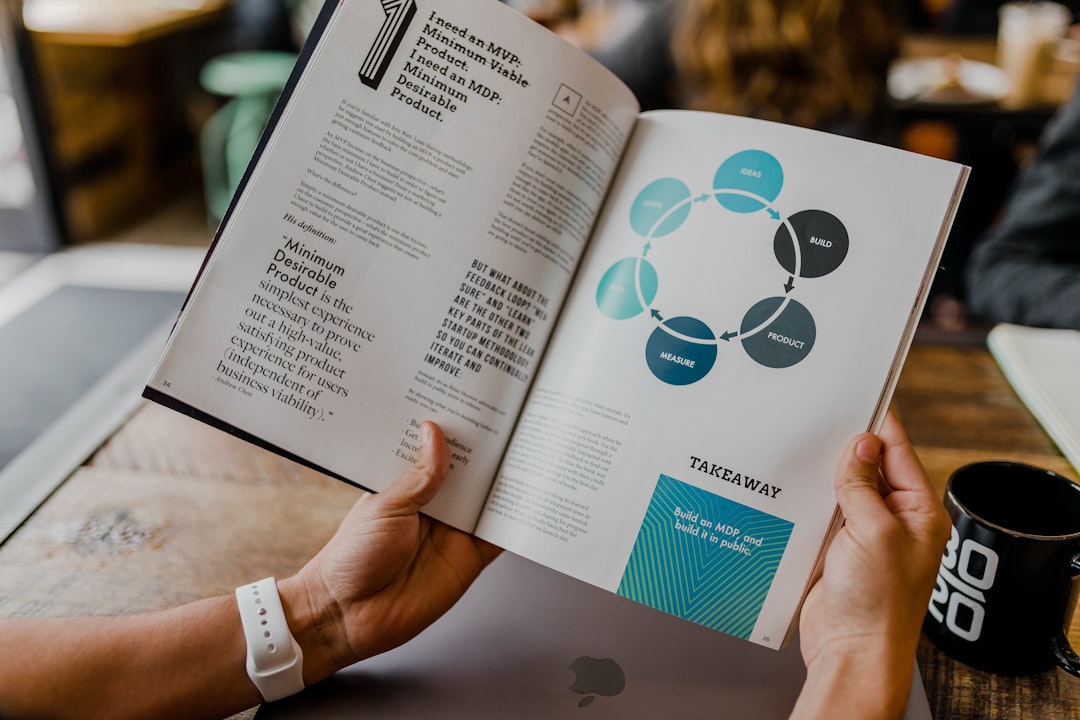What is it about?
This research is about helping people make decisions when they have different opinions. It looks at a problem where experts need to agree on the best options, but they often have incomplete or conflicting information. The study introduces a new way to group these experts based on their shared preferences, even if their rankings differ. It uses a complex mathematical approach to find these groups and validate the method using real-world data from the 2018 Italian elections. Ultimately, this research helps us understand how to form coherent groups in situations where people have diverse viewpoints
Featured Image

Photo by Marissa Daeger on Unsplash
Why is it important?
This research is significant because it addresses a common challenge in decision-making: handling diverse opinions effectively. In many real-world scenarios, such as politics or business, decision makers often hold different viewpoints and incomplete information. Finding ways to group them based on shared preferences, even when their rankings differ, is crucial for reaching informed and fair decisions. This method not only provides a practical solution but also demonstrates the complexity of the problem through its non-convex and NP-Hard nature. By validating the approach with real-world data, it offers a valuable tool for improving group decision-making processes and fostering consensus in situations where diverse perspectives are at play, ultimately contributing to more effective and inclusive decision-making.
Perspectives
The findings of this research open up several promising perspectives. Firstly, the development of a novel Mixed-Integer Non-Linear Programming (MINLP) formulation to tackle the complex problem of group formation based on diverse preferences has implications beyond the specific case studied. This mathematical approach could be applied to various domains, such as politics, business, and academia, where diverse opinions and decision-making play a crucial role. Secondly, the validation of this method using real-world data from the 2018 Italian political elections highlights its practical relevance. It suggests that decision makers and analysts can use this approach to uncover hidden structures and patterns in opinion data that may lead to more effective decision-making. Lastly, this research underscores the importance of acknowledging and embracing diversity of thought in group settings. Rather than seeking to eliminate differences in opinions, this method helps identify and leverage them, potentially leading to more robust and innovative solutions in various contexts. Overall, the perspectives emerging from this research offer new avenues for improving decision-making processes in a world where diverse viewpoints are increasingly prevalent and valuable.
Dr Antonio Scala
CNR Institute for Complex Systems
Read the Original
This page is a summary of: Opinion-based optimal group formation, Omega, December 2019, Elsevier,
DOI: 10.1016/j.omega.2018.10.008.
You can read the full text:
Contributors
The following have contributed to this page










